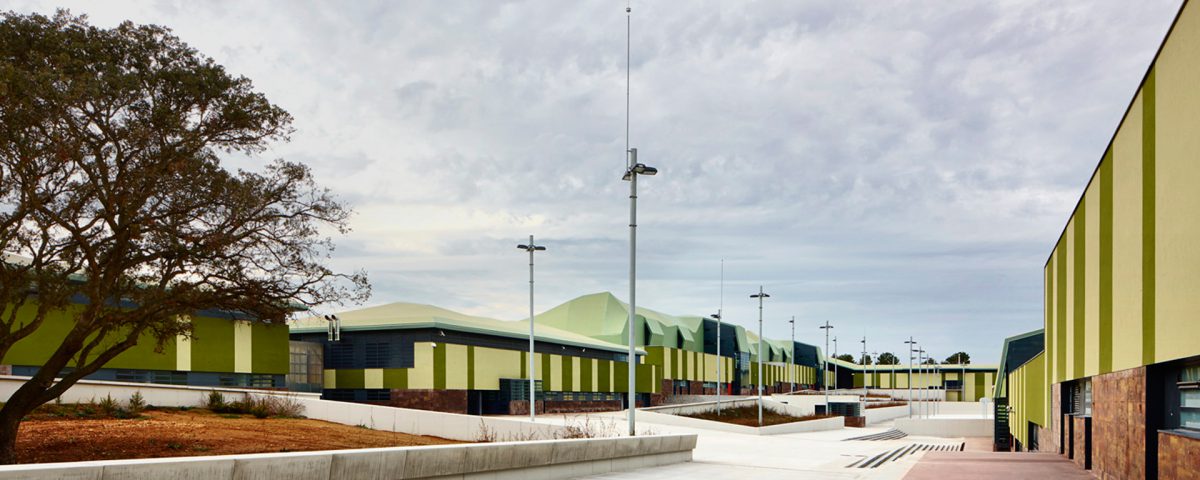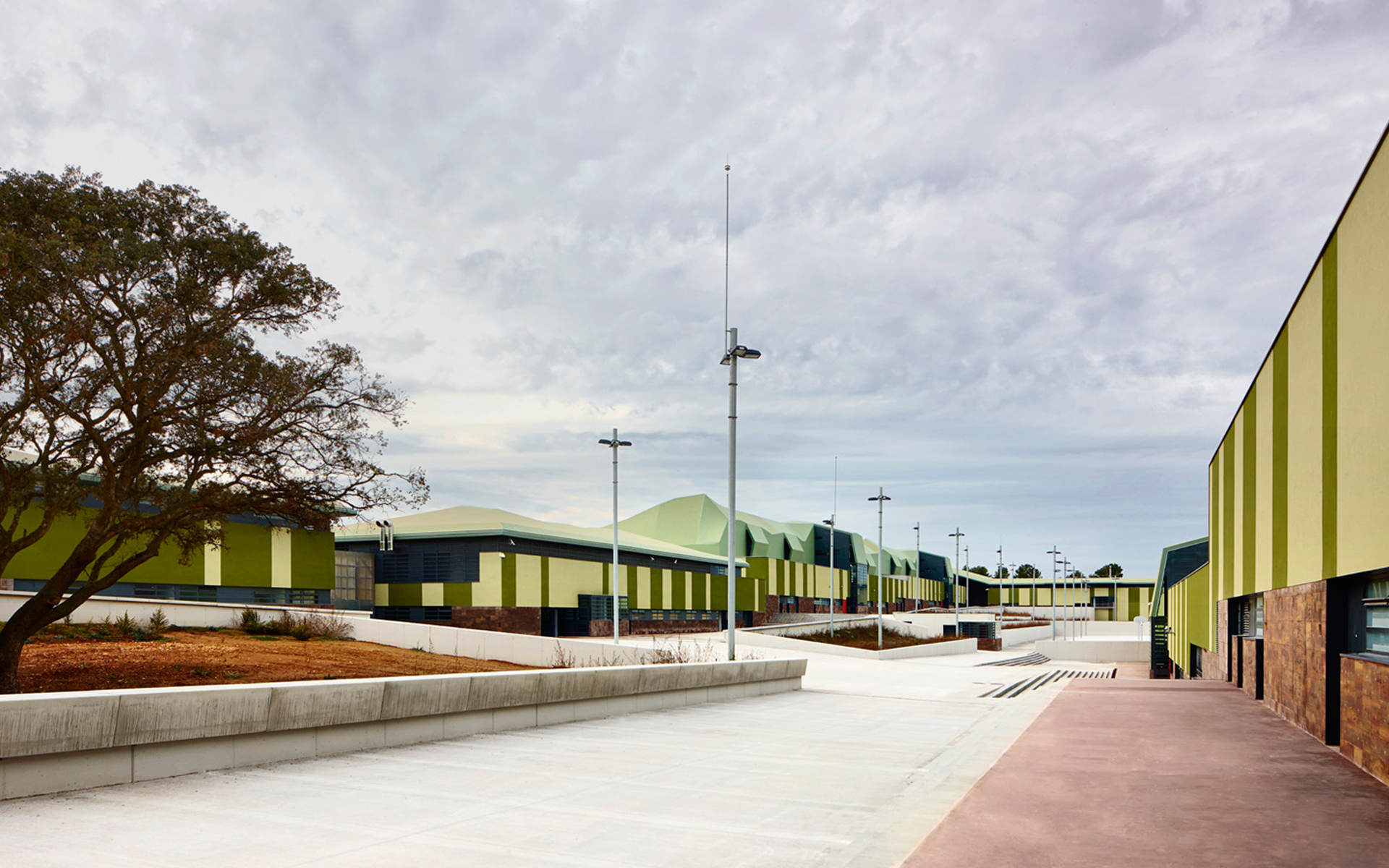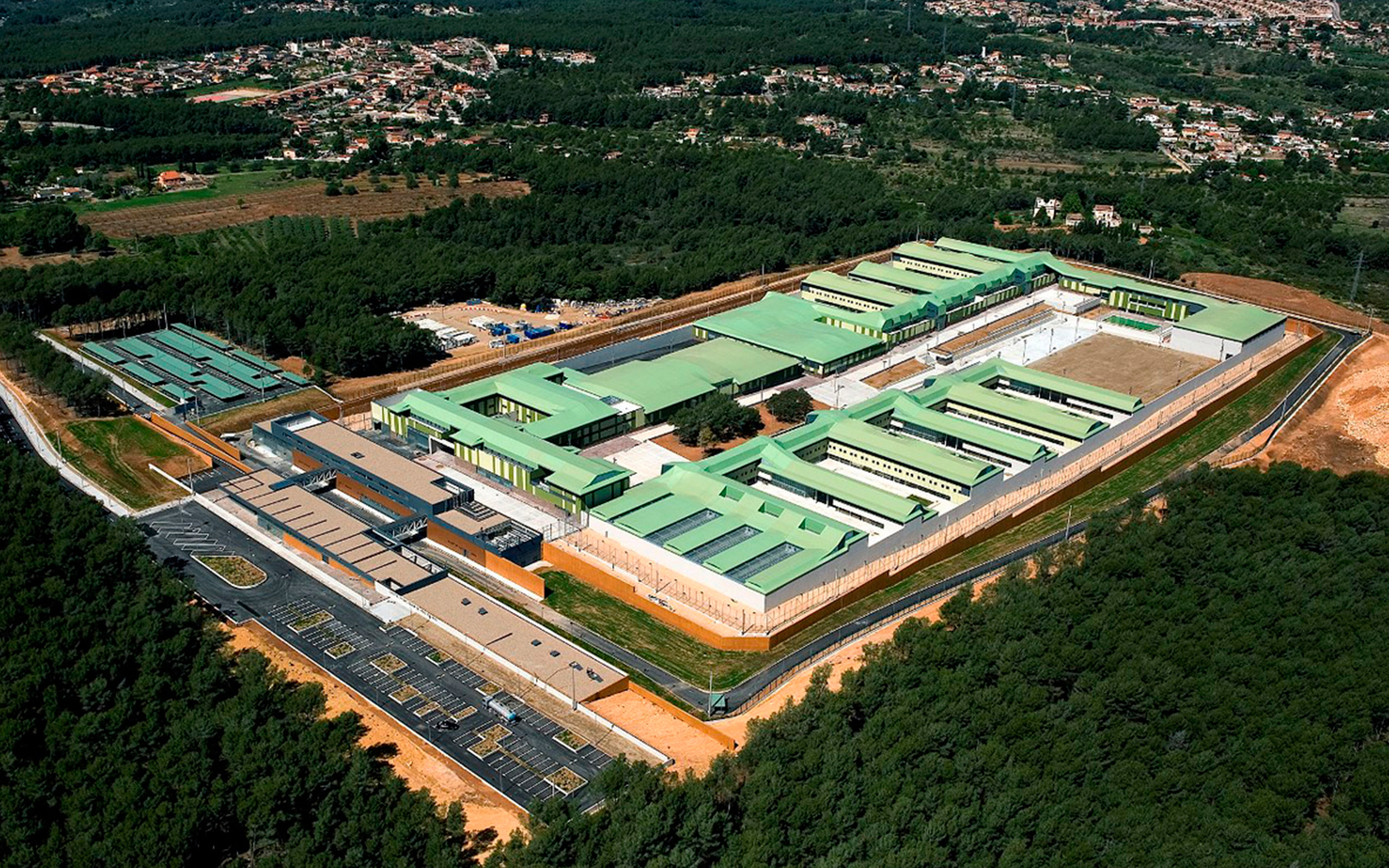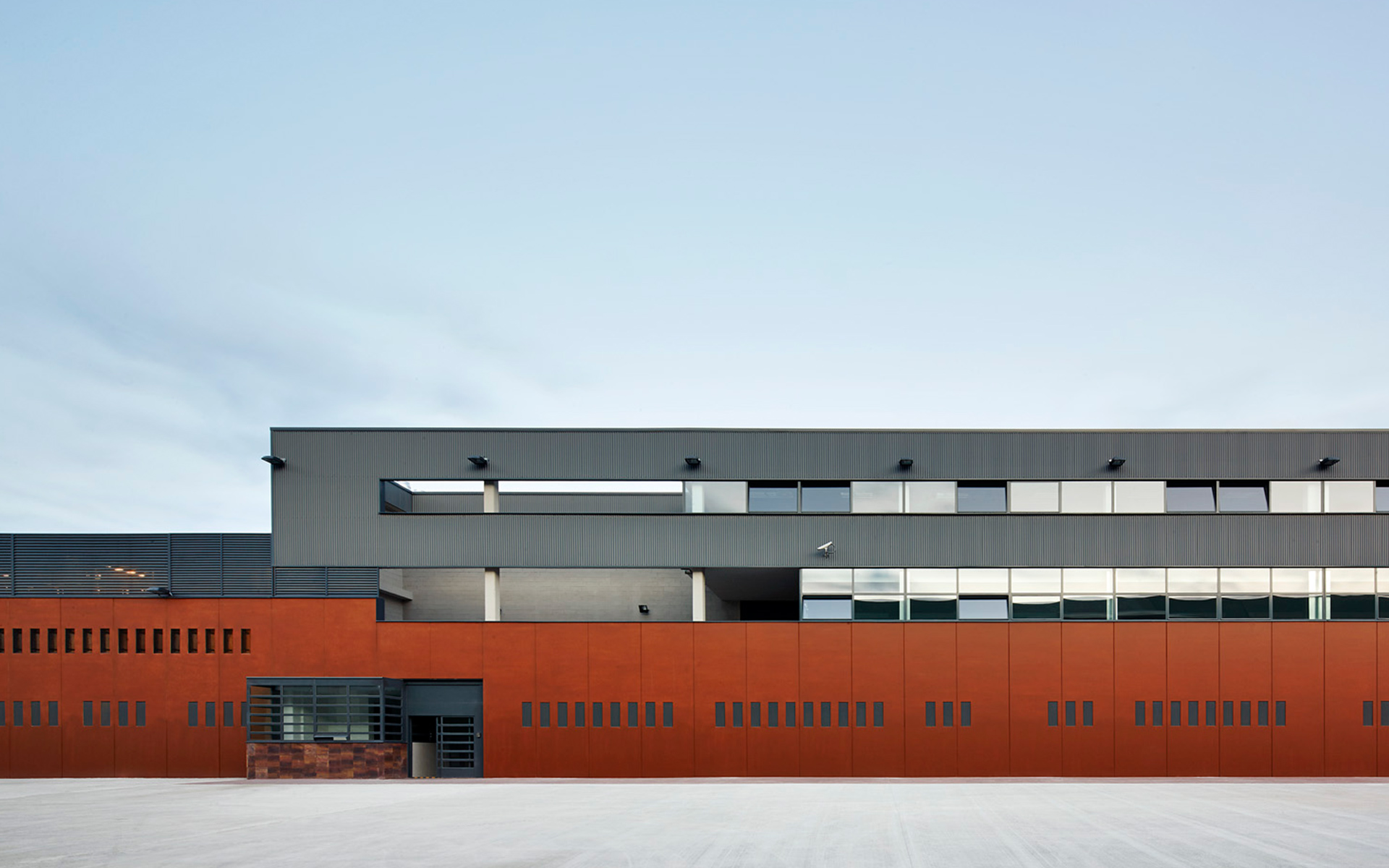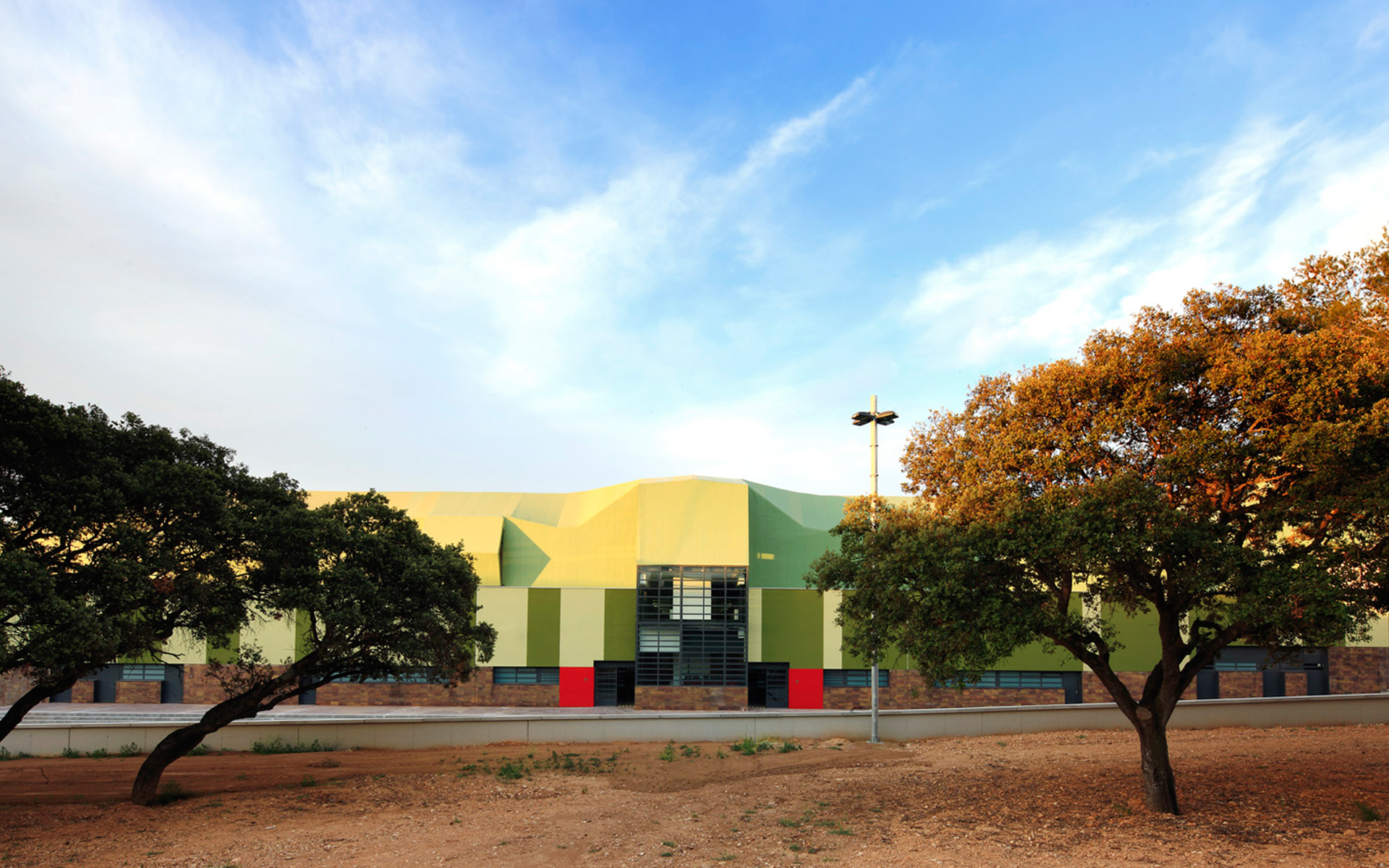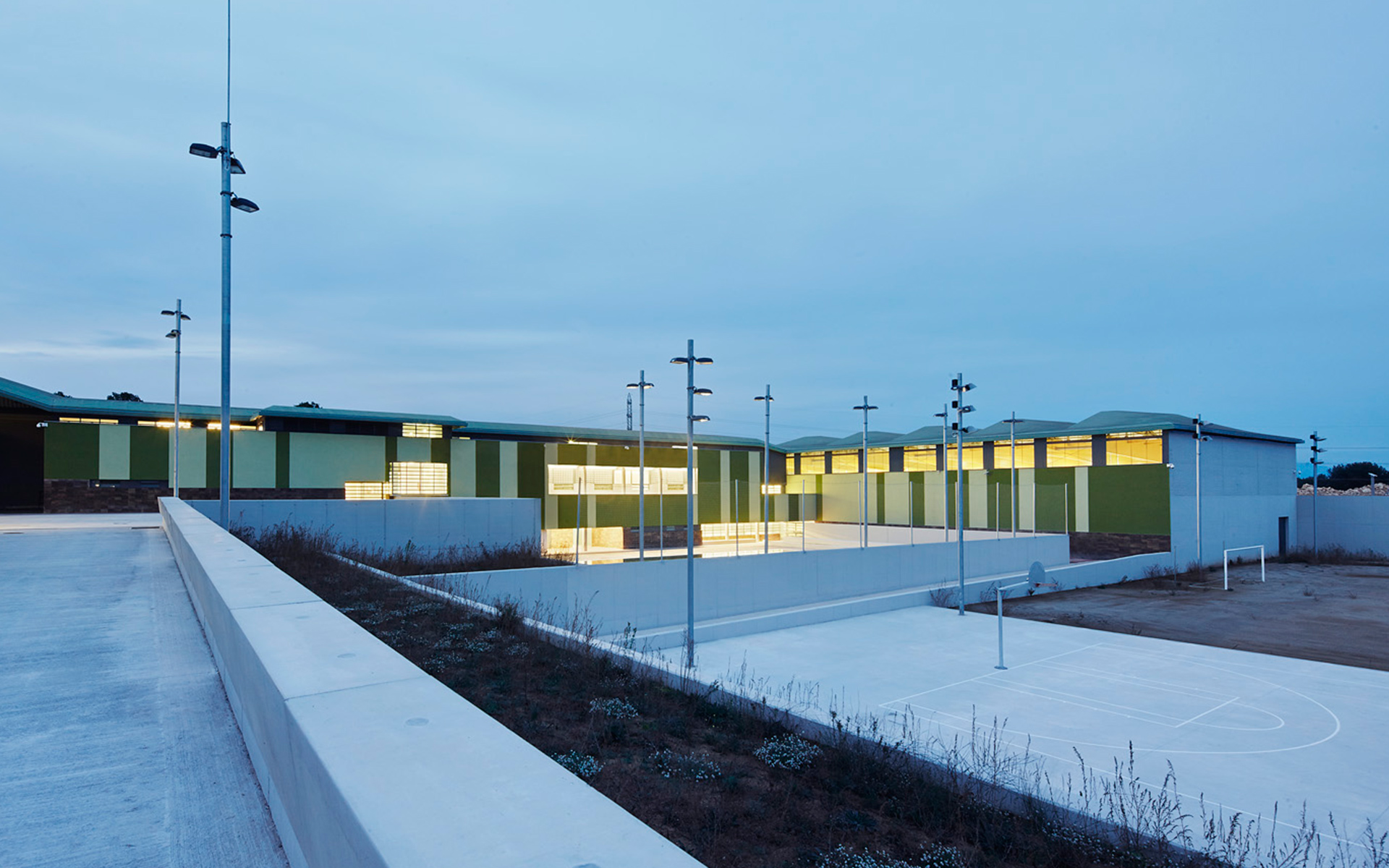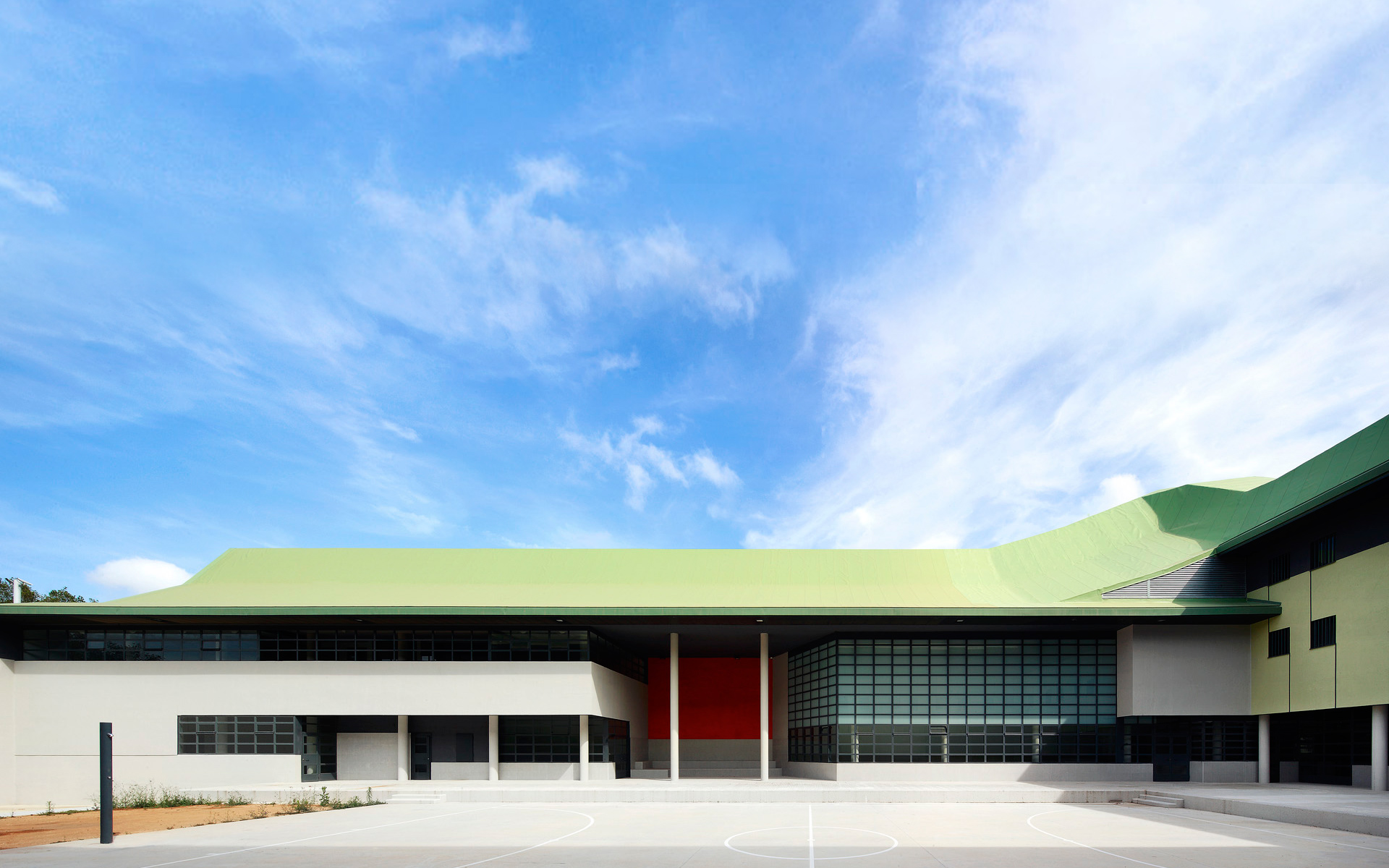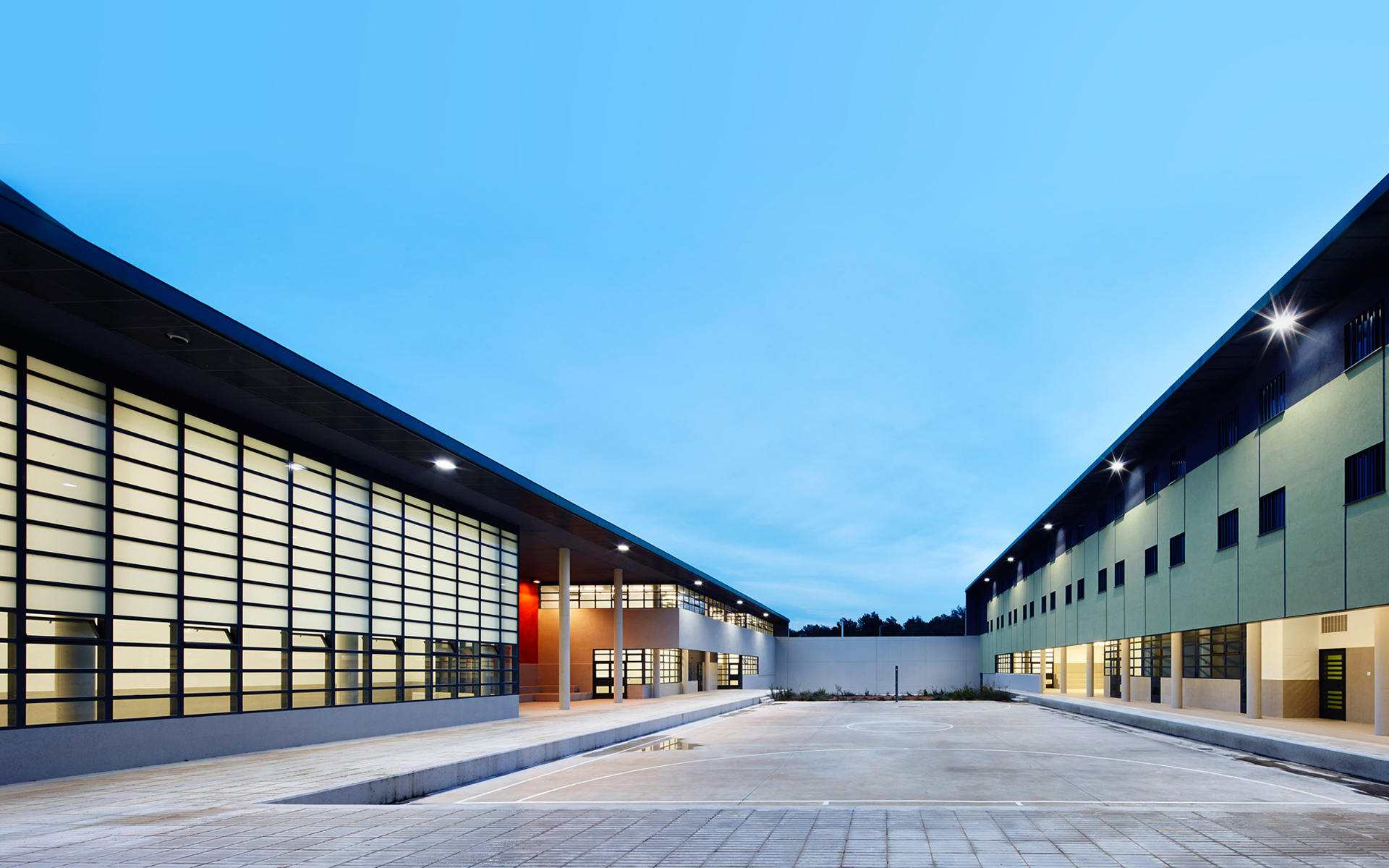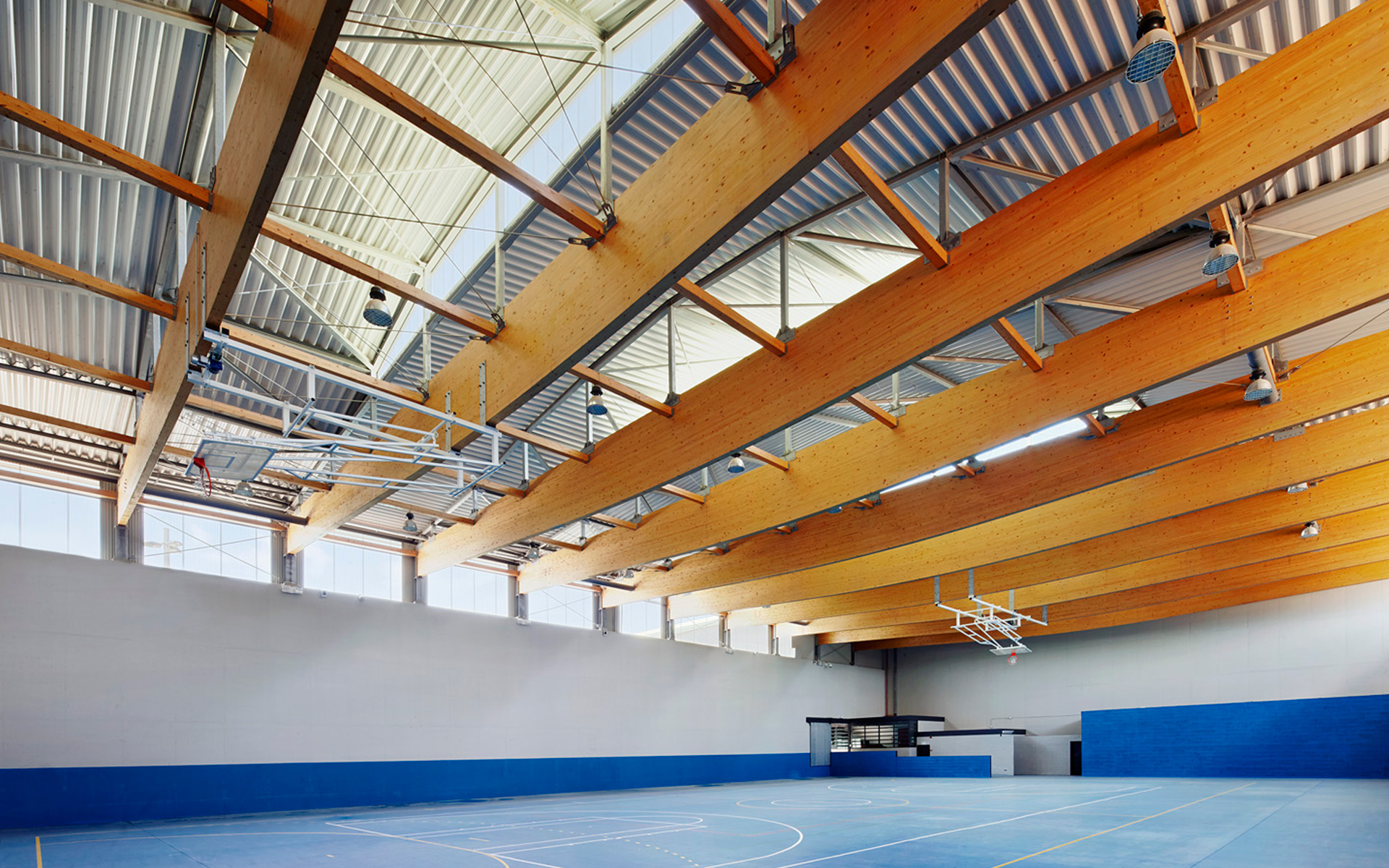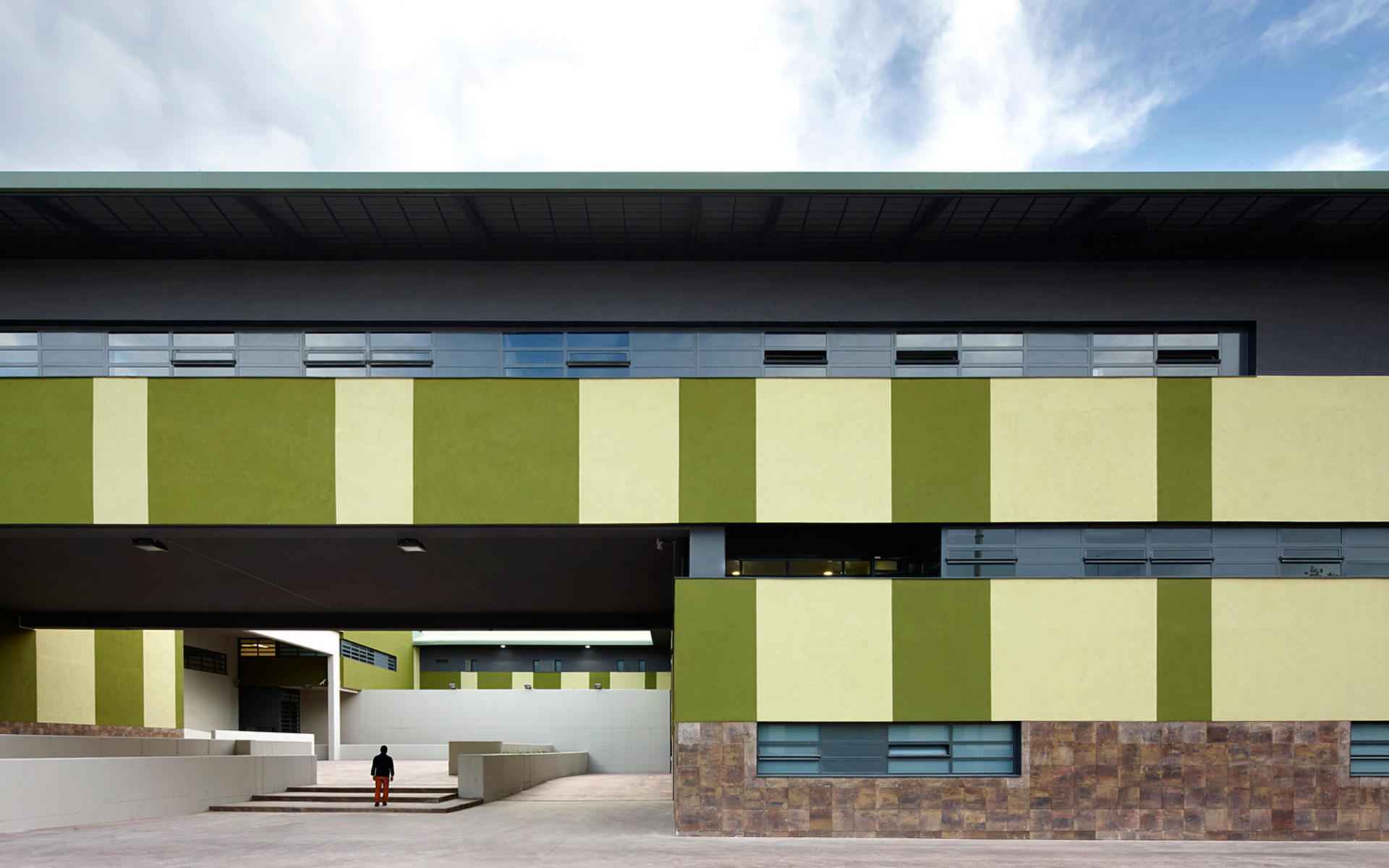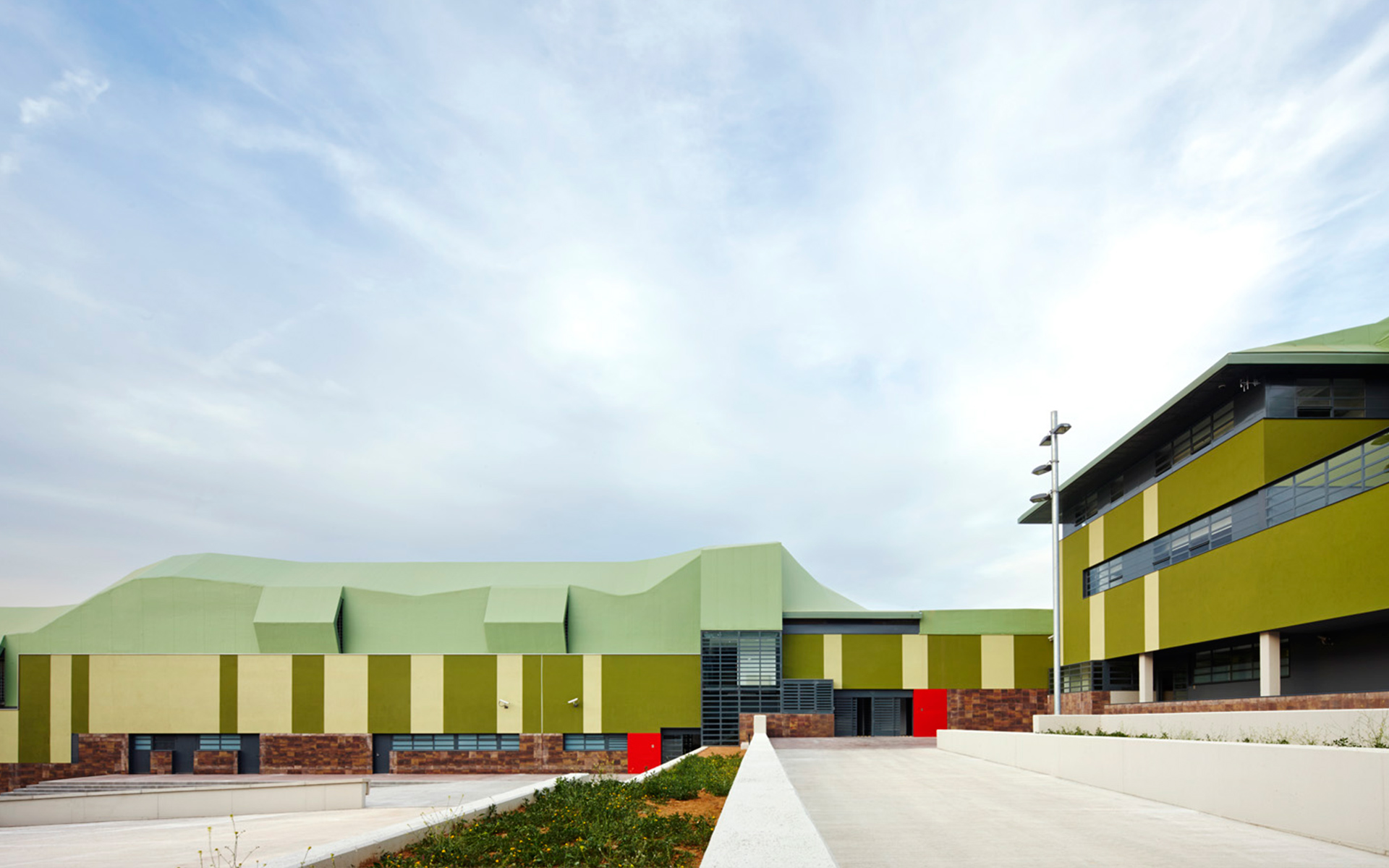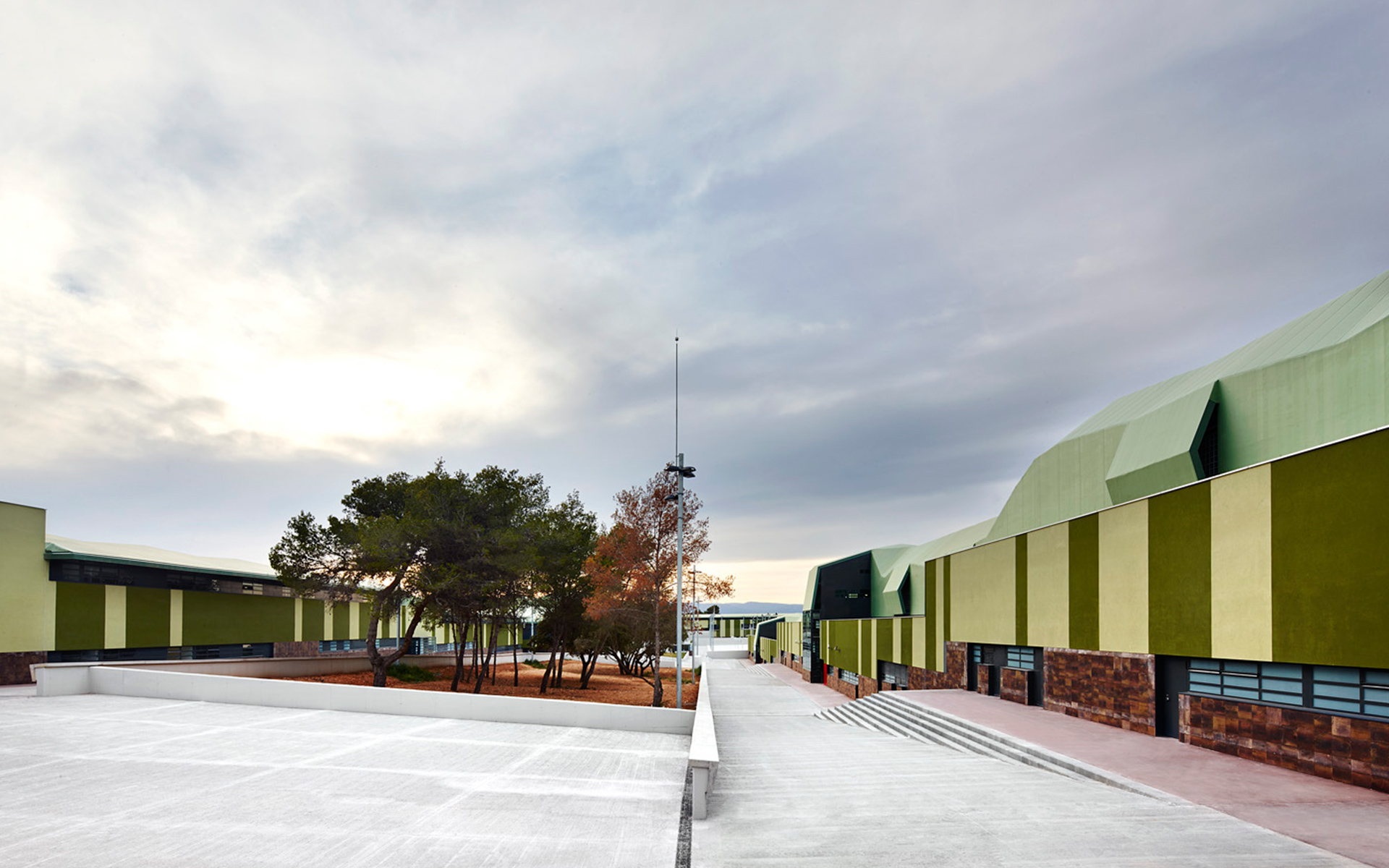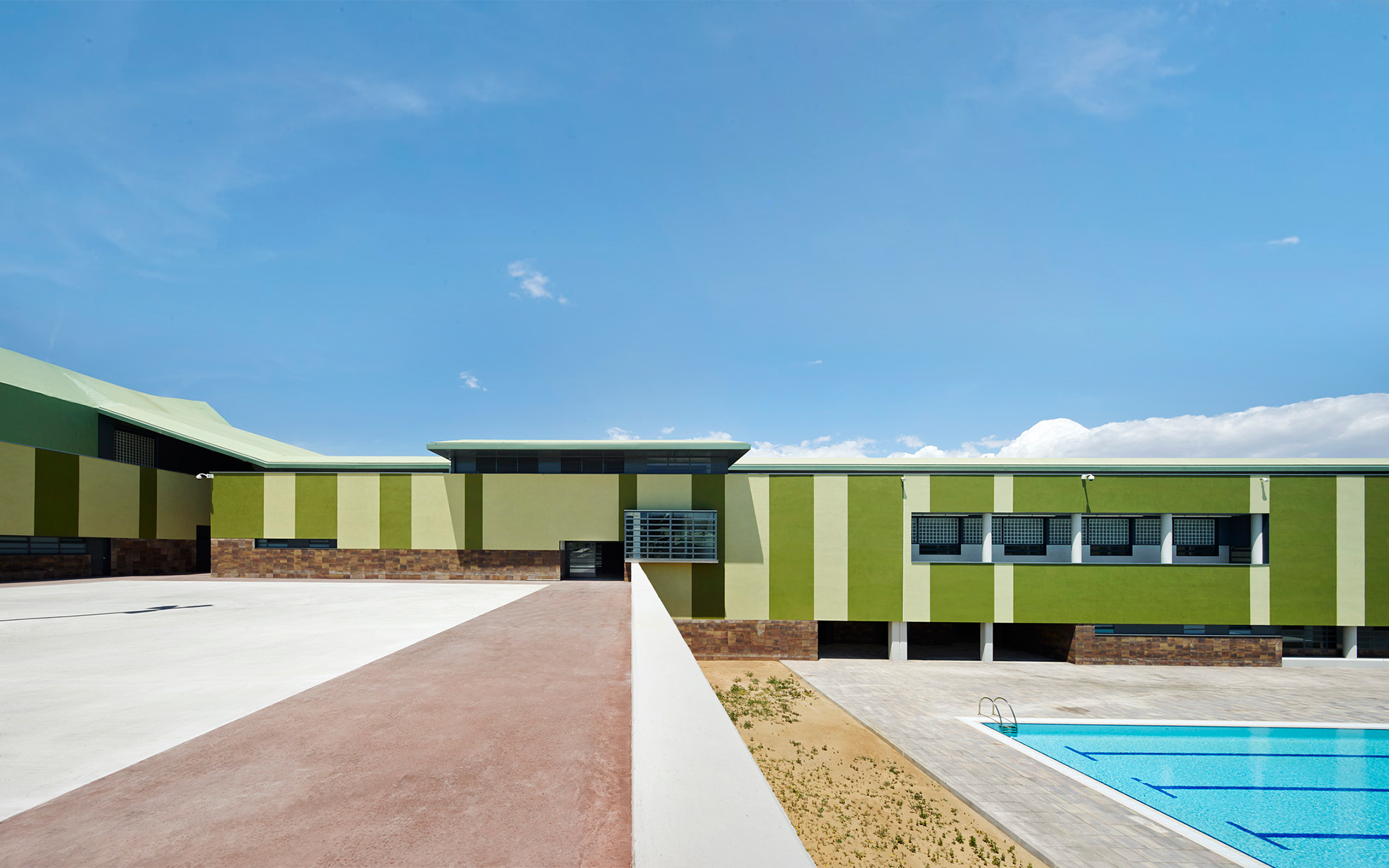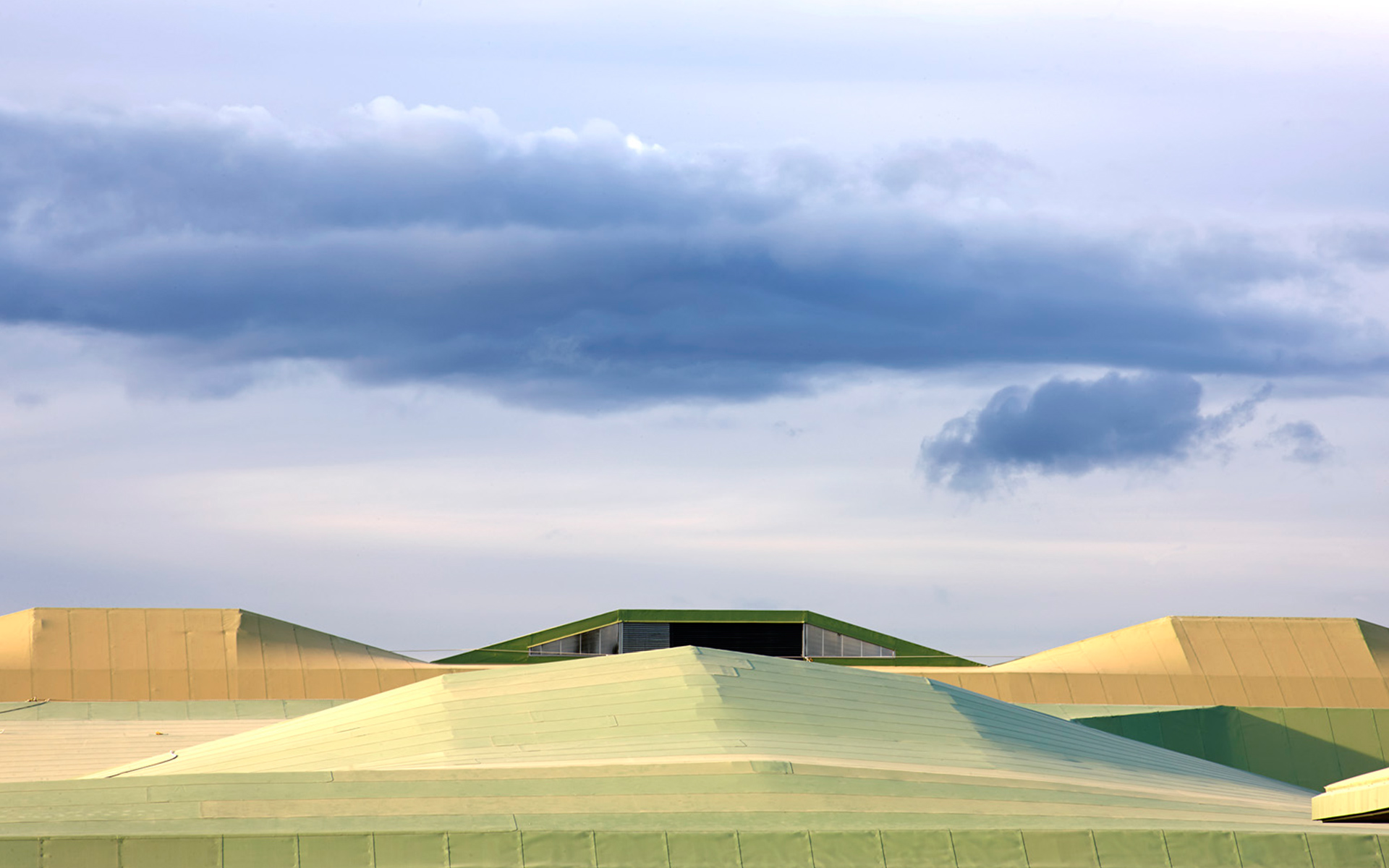Mas d’Enric Penitentiary. El Catllar. Tarragona
ADRESS:
El Catllar, Tarragona (Spain)
CLIENT:
Generalitat de Catalunya. Departament de Justícia
AREA:
74.130 sqm - 130.163 sqm (exterior)
CO-AUTOR:
Roger Paez i Blanch (AiB Estudi d’arquitectes, SLP)
FOTOGRAPHER:
José Hevia
Description
Based on our experience with the Mas d'Enric penitentiary, we claim the prison as an object of critical design and we reclaim architecture's role in multiplying possibilities as opposed to limiting them.
Given very strict programmatic requirements, a series of decisions forges a link between the utilitarian and the conceptual: the construction of an appropriable, non-oppressive environment; the introduction of a maximum number of vectors of exteriority; and the generation of open space that is central both formally and conceptually.
Both typological and topological design strategies are central to the Mas d'Enric Penitentiary project.
Typological: We aimed to move beyond conventional modern prison architecture by creating a revised mat-building: the prison is extensive in plan and low to the ground. Contiguity eliminates residual spaces between buildings. It also allows for organizational flexibility while generating exterior spaces in the form of courtyards on different scales.
Topological: The topographical adaptation allows for a gentle integration with the terrain. It creates spatial variety while allowing for the absence of any kind of interior fencing. Distant views of the mountains are made possible by an articulation of the ground level. Views of the adjacent woodlands improve conditions in both the cells and the courtyards.
The continuity of the roof works on both a typological and topological level, creating morphological unity for the building and establishing relationships with the large scale of the landscape. The confinement required by the program is not monumentalised; on the contrary, the prison's architecture faces up to the, perhaps impossible, challenge of creating a genuine home and hearth



